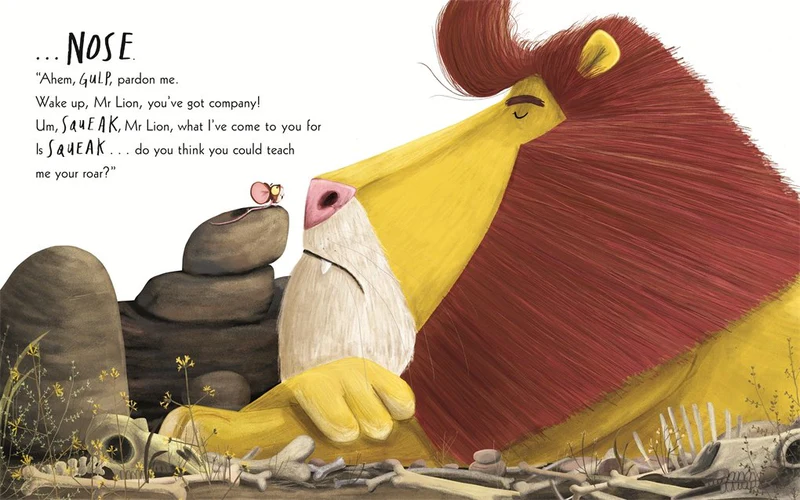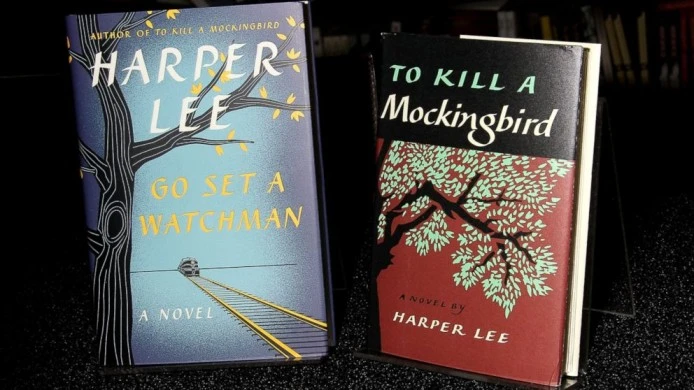Novels of Suspense and Isolation

HOME BEFORE DARK
By Riley Sager
384 pp. Dutton. $27.
Maggie Holt was famous as a kid — famous because her father, Ewan, wrote a blockbuster best seller chronicling the family’s experience living in an “Amityville Horror”-like place in the Vermont woods called Baneberry Hall.
“I have always been the freaky girl who once lived in a haunted house,” Maggie recalls. Even as an adult, she says, “I get emails from strangers … seeking ways to get rid of the ghost they’re certain is trapped in their cellar,” or “I’ll be contacted by a paranormal podcast or one of those ghost-hunter shows, asking for an interview.” Maggie, who was just 5 when she lived at Baneberry Hall, doesn’t remember much about it. “It’s like looking at a photograph of a photograph,” she says of her memories. “The framing is off. The colors are dulled. The image is slightly dark. Murky.”
“Home Before Dark” is a thriller, so it might not surprise you to learn that Maggie believes her dad made up the ghost stuff, or that he’s just died and bequeathed her Baneberry Hall, or that she is about to head to the estate — alone, of course — to get it ready to sell. In fact, you might think you know exactly where this story is going — at least, right up to the point where Maggie drives to the house through woods swarming with sinister, spiky-leafed baneberry vines. But it’s here, when the novel seems as if it’s going to be just another schmaltzy, trope-laden thriller, that Sager pivots and transforms it into something fresh, shot through with shocks of real horror. As he cuts back and forth between chapters of Ewan’s book and what is happening to Maggie as she begins the renovation work, it becomes increasingly difficult to tell which one of them is telling the truth about Baneberry Hall. Maggie seems no-nonsense, someone who isn’t going to put up with a pesky poltergeist, but so did Ewan. His long-ago account chills precisely because it is told so matter-of-factly.
“Home Before Dark” has its flaws. For one thing, the dialogue can be screamingly bad: (When Maggie hires a creepy guy to help her with the construction, she tells him, “I’ll pay you a fair wage for working on the house.”) For another, some of the supporting characters are straight out of central casting. But you’ll probably be turning the pages too fast to care.
NO SAFE PLACE
By Anna Downes
342 pp. Minotaur/St. Martin’s. $28.
When “No Safe Place” opens, Emily Proudman — who’s bailing out of her dreary London life as a struggling actor and office temp — is being driven to the French estate, Querencia, where she’ll be working as a “housekeeper slash au pair slash personal assistant” for Scott and Nina Denny. One minute the SUV is hurtling by green fields “punctuated by yellow sunflowers and rust-red roofs,” and the next it has turned onto a dank dirt track where “leaves brushed the sides of the car like fingers and branches reached out to one another overhead,” blotting out the sun.
The house, when they finally reach it, is welcoming — bright and blooming and lovely. Nina seems kind, though she does tell Emily, after installing her in a small, charming guest cottage, “I’d like to make the family house a no-go zone.” How, then, will Emily be able to care for 6-year-old Aurelia, which was to be one of her duties? “Yes, well, we can discuss all of that,” Nina says vaguely.
Nina does have work for Emily, but it doesn’t involve Aurelia, who, it turns out, has a serious but unspecified illness, as well as some behavioral issues. Before long it begins to look like Querencia is not a healthy environment for either Emily or Aurelia, but because the situation worsens at an almost imperceptible tick, Emily barely notices. Little things needle at her: Why does Aurelia take so many pills? Why did Nina become so angry at a group of hikers who got lost on the grounds of the estate? Why isn’t there any internet or cellphone reception? But probing too closely into any of those things means Emily will have to take a hard look at some of her own questionable life decisions, the ones that led her to this job, which she took without any investigation. So she just keeps rationalizing the things she hears and sees.
As skilled as Downes is at ratcheting up the tension and conveying Emily’s sense of thrumming unease, she flounders in the last few chapters and flat-out struggles with her denouement. After tearing through such an unusual and thrilling narrative, and buying so completely into Emily’s gullibility and vulnerability, you want “No Safe Place” to culminate in a revelatory fashion. It doesn’t. You’ll see the end coming when you’re 50 pages away.
THE DAUGHTERS OF FOXCOTE MANOR
By Eve Chase
353 pp. Putnam. $27.
“The forest looks like it’ll eat them alive,” thinks Rita Murphy, the stolid, sensible young nanny who’s driving her employer, Jeannie Harrington, and the two Harrington children to the family’s isolated Gloucestershire estate in the summer of 1971. “The light’s gone a weird green and branches are thrashing against the car’s windows.” Sound familiar?
Foxcote Manor, when it rears up in the gloom, looks run-down, a far cry from the Harringtons’ elegant, wisteria-draped mansion on London’s Primrose Hill. Here, “ivy suckers up the timber and brick gabled facade, dense, bristling, alive with dozens of tiny darting birds, a billowing veil of bees.” After the housekeeper, a dead ringer for Mrs. Danvers, emerges to them, she pulls Rita aside to warn her about all the terrible things that might befall her young charges: “Adders. Death cap mushrooms. Ticks.” Helpfully, before she leaves that first day, she tells Rita to watch out for a local character named “Fingers” Jonson: “Loner. Tall. Albino. Wanders the woods. Our green man.”
So the stage has been set — a tad melodramatically, to be sure — but to Chase’s credit, the story rebounds from its too darkly drawn beginnings. Jeannie Harrington, it becomes clear, is unwell, mired in a terrible depression since the loss of a baby during childbirth. When Hera Harrington, age 12, finds an infant in the forest, a “blankety bundle” left on a tree stump, Jeannie is delighted. For the first time, she seems like her old self. She also refuses to let Rita call the police. “Do you want this little thing to be carted off to some children’s home?” she asks furiously. Rita feels “something intractable taking shape. A wrongness.” She’s not mistaken: Before long, someone will die at Foxcote Manor.
It’s at this point that another story, a present-day one, begins to thread through the Gloucestershire chapters with more vigor. Sylvie, 40, has just left her husband; her bright 18-year-old daughter is in trouble and her mother has been in an accident. How all these women are connected is not immediately obvious. Chase parcels out her clues slowly, without a hint of showiness. In the end, “The Daughters of Foxcote Manor” is not really about a murder, or a creepy house, but about families — the ones we’re born into, the ones we make and especially the ones we flee.




